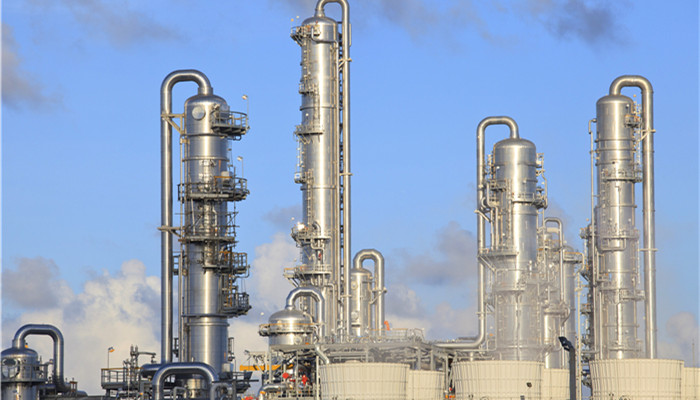
PCT engineering plastics have excellent performance, great application potential and broad market space
Polycyclohexane dimethanol terephthalate, or PCT, is a linear polyester polymer. It is a high-temperature-resistant, semi-crystalline thermoplastic engineering plastic with higher thermoplasticity than other homologous products and excellent overall performance. The melting point of PCT plastic is 60°C higher than that of PBT and 30°C higher than that of PET plastic.
PCT plastic was first introduced by Eastman Chemical Company in 1985 when it launched PCT resin and developed copolyester. Subsequently, GE Plastics cooperated with Eastman Chemical to develop PCT engineering plastics and achieved industrial production in 1987. In the 1990s, Japan’s Nagase began to develop PCT, and Japan’s Toray introduced Eastman technology. In the early 21st century, DuPont produced Thermax PCT resin.
The “2023-2028 China PCT Engineering Plastics Industry Market In-depth Research and Development Prospects Forecast Report compiled and released by the Industrial Research Center shows that, PCT engineering plastics can be divided into PCT resin, PCT copolyester and PCT alloy series. PCT resin is formed by the condensation polymerization of terephthalic acid (or dimethyl terephthalate) and 1,4-cyclohexanedimethanol (CHDM); PCT copolyester is made of terephthalic acid (or terephthalate). The product obtained by copolymerizing mainly dimethyl formate) and 1,4-cyclohexanedimethanol (CHDM) by adding a third monomer or other dibasic acid or other diol, the abbreviation of alcohol-modified PCT copolyester is PETG, acid-modified PCT copolyester is referred to as PCTA. The synthesis methods of PCT resin can be mainly divided into batch polymerization, continuous polymerization and solid-phase post-condensation polymerization. The main molding methods of PCT resin include injection molding, extrusion molding and compression molding. Among them, injection molding is the most widely used, and extrusion molding is generally used for film making.
As an engineering plastic, PCT has the characteristics of high temperature resistance, can maintain effective strength and toughness at high temperatures, is resistant to STM reflow soldering, is resistant to chemicals, is stable and has good coloring ability. The thermal deformation temperature of PCT is higher than that of engineering plastics such as PBT, PET, and nylon 66. Compared with PPS materials with the same heat resistance, the crystallization speed is faster during processing. A lower mold temperature can be used, and the dent phenomenon is smaller than that of PPS. However, PCT has problems such as low degree of polymerization, poor mechanical and physical properties and retention during molding, and poor aging resistance. In order to improve the performance of PCT, it needs to be modified. Commonly used modification additives for PCT mainly include heat stabilizers, reinforcing agents, flame retardants, nucleating agents, etc. Modified PCT high-performance polyester engineering plastics are filled and blended into GFRPCT, which has a wide range of uses in electronics, electrical appliances, automobiles, instrumentation, consumer goods and other fields.
Due to the excellent properties of PCT engineering plastics, deep processing has great potential for development, and it is a high-end engineering material. The “14th Five-Year Plan Guidelines for the Petrochemical and Chemical Industry” proposes to promote the industrialization of a number of special engineering plastics that are still blank in the country, such as PEEN, PEN, PCT, special nylon, and bio-based nylon. However, China’s production capacity of CHDM, its main raw material, is insufficient, and there are certain restrictions on the production of PCT. With the growth of domestic supply capacity of core raw materials, policy support and the impact of market demand, PCT high-end resin has great development potential.

 微信扫一扫打赏
微信扫一扫打赏

